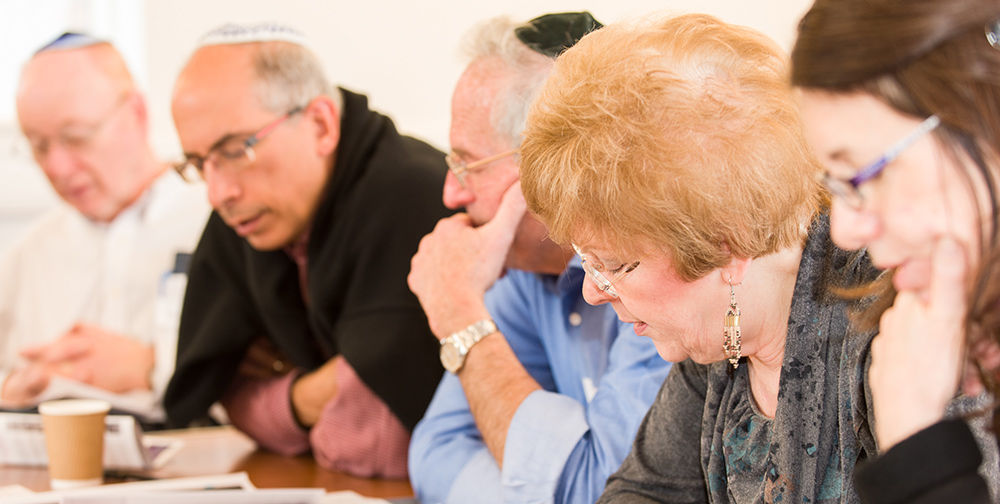“The Whole Land of Israel” and the Halakhah

Our basic sources, Biblical and Rabbinic, do not mention the concept of “the Whole Land of Israel” as a sacred place defined by rigidly fixed borders. The reason is obvious. Throughout all periods of our history, the borders of the land expanded or narrowed for political reasons. The theoretical idealized borders were vague. Thus, major Rabbinical authorities in the Middle Ages disagreed as to the location of the “River of Egypt”. Some understood this indicator of Israel’s southwest border as Wadi El Arish in the Eastern Sinai, whereas others understood it to be the Nile River some 100 kilometers further west. Under King David, Israel’s empire was considerably larger than the area promised to Abraham; and when Solomon ceded “twenty cities in the land of the Galilee” to Hiram of Tyre there seems to have been no sense that any sacred territorial commitment was being violated.
After the destruction of the Second Temple, we find the Rabbis shrinking the territory to be defined as the Holy Land. There are voices arguing for the exclusion even of Acre and Beit She’an. The major factor in their reasoning may well have been economic: Those deemed to live outside of the Holy Land of Israel were exempt from observing the (seventh) Shmitah year as well astithing and similar internal Jewish taxes. Whatever the totality of the reasons, this approach certainly demonstrates a great deal of flexibility with reference to borders. There is also the example of two neighboring ‘heartland’ port cities, Caesarea and Dor, roughly midway between Haifa and Jaffa. The Rabbis variously considered each as within or outside the Land of Israel, depending on the Jewish or non-Jewish nature of its population. The status of the city of Ashkelon was complex. In some respects it was deemed to be in the Land and in some respects it was considered as outside the Land. Similarly, certain Jewish cities on the far side of the Jordan were considered as part of the Land in some respects and outside it in other halakhic respects. Close to the year 100 c.e., Rabban Gamliel of Yavneh published a list of locations considered part of the Land of Israel. About a century later, Rabbi Yehudah Hanassi issued a similar list, which differed in a number of details to reflect changes in Jewish population patterns.
By definition, the Land of Israel is Holy (holiness being defined in part by special obligations) yet the boundaries of the Holy Land were never fixed and rigid, but the opposite: flexible in accordance with the pragmatic reality of the time. To claim that the concept “the Whole Land of Israel” forbids us from conceding any part of the geographic land that happens to be under Jewish sovereignty has no support in the halakhah. The disagreement relative to the “Whole Land of Israel” concept is strictly a political dispute with no halakhic relevance whatever.




